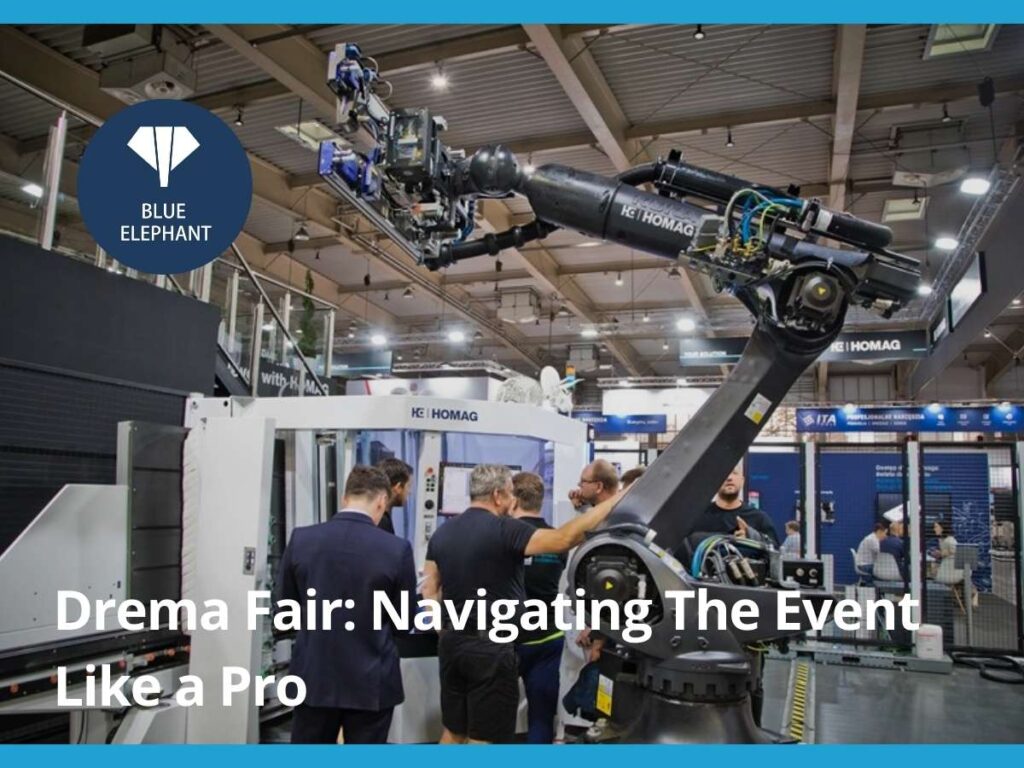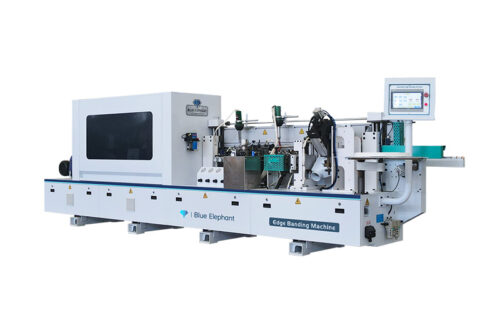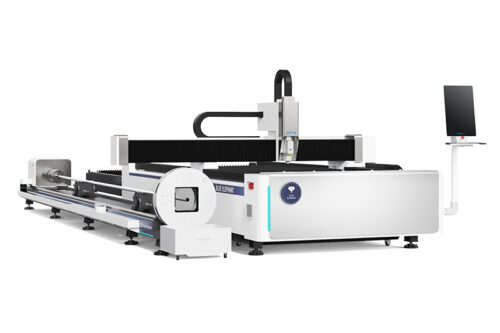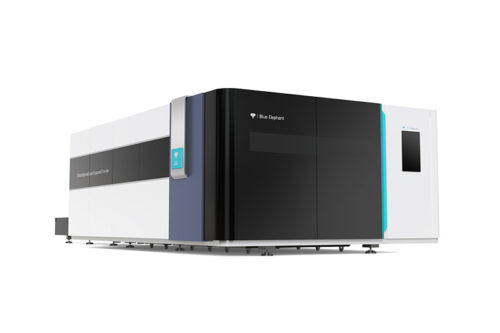The first time I went to Drema Fair, I got lost.
Not in the building, though that almost happened too. I got lost in booths, in brochures, in choices.
I had no plan. Just a badge and a list of machines I thought I might like.
That visit taught me something: if you don’t plan ahead, you waste time. And money.
Since then, I’ve been to Drema Fair multiple times. I’ve met machine dealers, toolmakers, and suppliers from all over Europe. I’ve tested machines, asked questions, and found long-term partners for real business.
In this guide, I’ll help you avoid what I did wrong. You’ll learn how to plan your visit, how to find machines that match your needs, and how to make real connections with the right suppliers.
By the end, you’ll have a clear plan to walk the fair with purpose—and leave with tools, tech, and contacts that fit your business.
So let’s get down to it!
1. Pre-Registration & Ticket Purchase
I remember standing outside Drema Fair one year, watching the line grow longer and longer. It was cold. My feet hurt. And I kept thinking, “Why didn’t I register online?”
Don’t make that mistake.
Drema Fair is one of Europe’s biggest trade shows for woodworking and CNC machinery. You’ll see machines running live. You’ll meet suppliers face to face. And you’ll walk through hall after hall of real tools, real tech, and real business.
But first—you need a ticket.
Here’s what you should know:
- 📅 Dates: September 9–12, 2025
- 📍 Location: MTP Poznań Expo, Poland
- ⏰ Time: 9:00 AM to 5:00 PM CET
Go to the official Drema website and register in advance. It’s fast. You’ll skip the long entry lines. And once you’re signed up, you’ll get access to planning tools and the full exhibitor list.
Choose the right badge:
- General Visitor: Standard entry
- Buyer Badge: Might include perks like early access
- VIP Pass: Lounge access and possibly private meetings
Once you’ve registered:
- Save a digital copy of your badge
- Print a backup copy, just in case
- Book your hotel early—rooms go fast during the fair
If it’s your first time, you might feel unsure. I get it. But trust me—pre-registering makes everything smoother. No stress at the door. No scrambling on Day 1. Just walk in and start exploring.
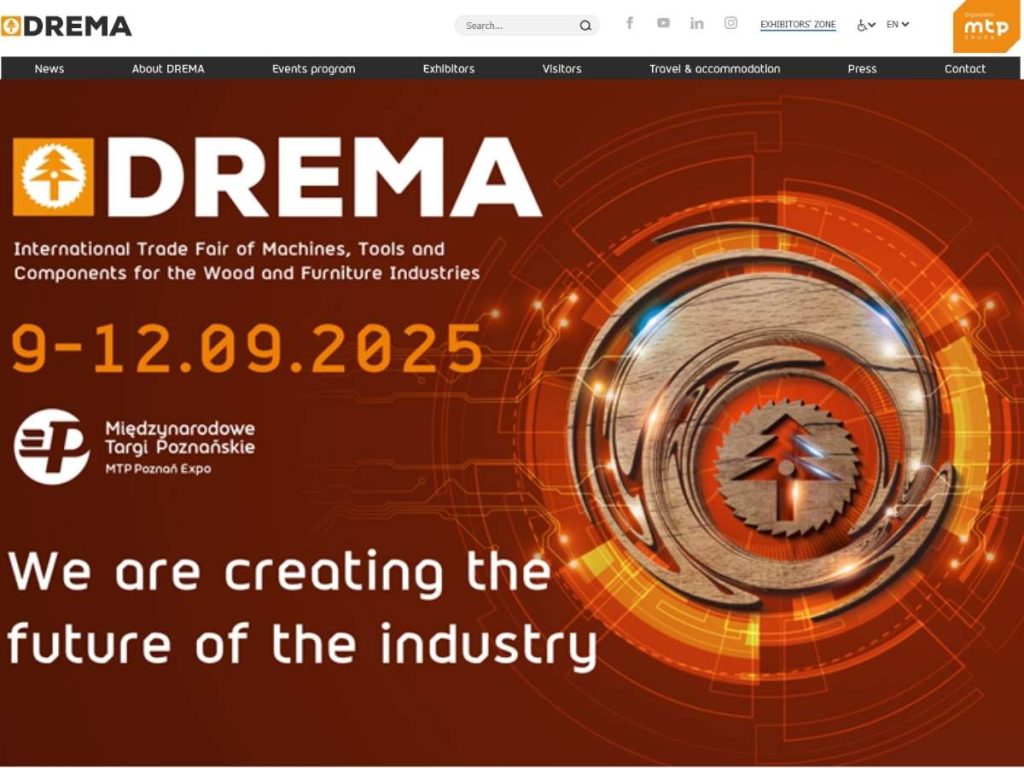
2. Research & Planning Your Visit
A few years ago, I showed up to Drema Fair without a real plan. I wandered from booth to booth. I missed 2 workshops I had wanted to see. And by the end of Day 1, I realized something: I had wasted half my time.
That’s why I always plan now—and you should too.
Before the event, go to the official Drema Fair website. Check the exhibitor list. It’s long, so filter by what matters to you.
- Interested in CNC routers?
- Looking for specific tooling suppliers?
- Want to talk to software vendors about design or automation?
Make a list of must-see booths. Star the ones you really don’t want to miss.
Now build your daily plan. Break the fair into blocks of time.
- Mornings for exploring machines
- Midday for demos or talks
- Afternoons for one-on-one chats or follow-ups
Don’t forget to leave some open space. You’ll discover new things on the spot.
Also, check the workshop and seminar schedule. Some events fill up. Others happen only once during the fair.
Write down your top 3 goals before you go. It might be:
- Find a new supplier of woodworking tools
- Compare 3-axis vs 5-axis CNC machine prices
- Learn how others are using automation to cut production time
Whatever your goals are, knowing them in advance keeps your visit focused.
Looking back, I wish I had done this sooner. My later visits to Drema were sharper, more useful, and actually more fun.
With a little prep, yours will be too.

3. Booking Travel & Accommodation
I once waited too long to book my hotel for Drema Fair. Big mistake. I ended up far from the expo, overpaying, and wasting time in traffic. Since then, I’ve learned to book early—and it’s made every visit better.
Start by booking your travel. Flights and trains to Poznań get crowded in September. The fair draws thousands of visitors. If you’re flying in, aim to arrive a day before the event. You’ll be more rested and less rushed.
Next, look for a hotel close to the MTP Poznań Expo & Congress Center. It saves you time and energy—especially after a long day on your feet.
Here are some hotels I’ve either stayed in or heard good things about from industry friends:
- City Park Hotel & Residence: Great if you want apartment-style comfort
- B&B Hotel Poznań Old Town: Simple, central, and reliable
- Hotel Włoski: Business-friendly and close to everything
- PURO Hotel: Stylish and modern with great breakfast
- City Solei Boutique Hotel: Quiet, cozy, and good for meetings
You can book through Booking.com or Expedia, or check hotel websites directly—some offer discounts during Drema.
When choosing, think about:
- Early breakfast (before 7:00 AM is helpful)
- Free Wi-Fi and workspace
- Easy cancellation, just in case
Getting around Poznań is pretty simple. I usually skip renting a car and use public transport instead. The tram system is fast and stops right near the fairgrounds. You can also use buses or grab a taxi if needed.
Tip: Download the JakDojade app. It shows you tram and bus times in real time, and it’s available in English.
If you prefer more flexibility, look into Poznań’s City Card. It offers unlimited rides and extra discounts at restaurants or attractions.
With your travel and staying sorted out early, you’ll feel more relaxed and ready to focus on what matters most—finding machines, tools, and suppliers that move your business forward.
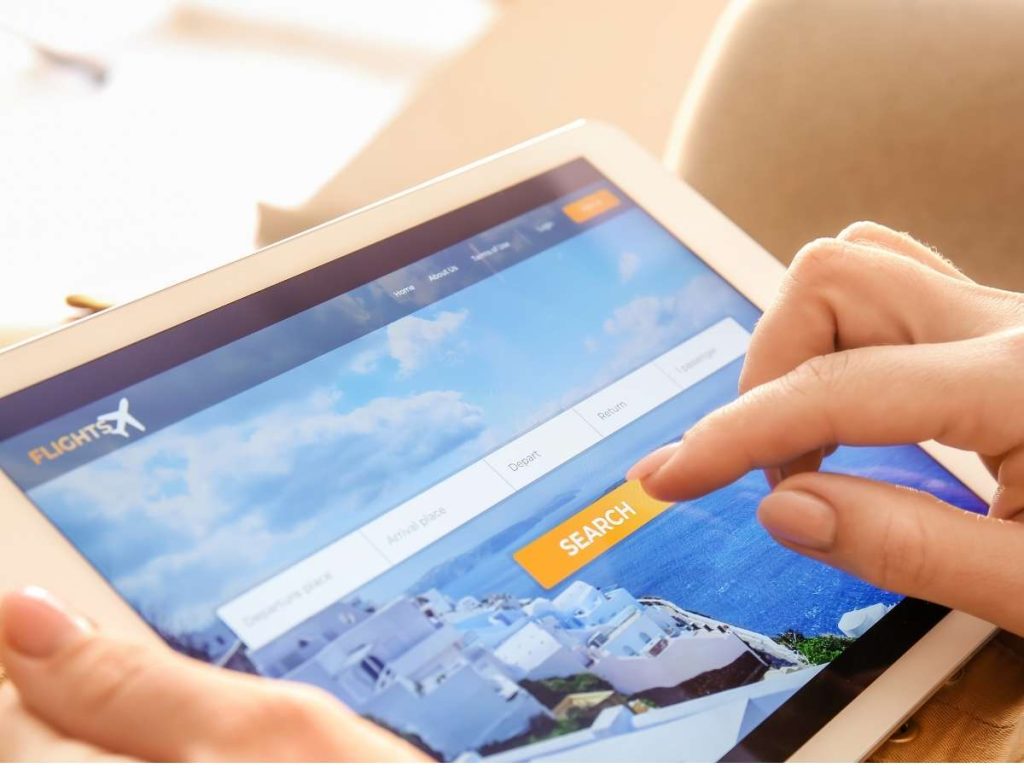
4. Maximizing Your Networking Opportunities
I used to walk the halls of Drema Fair just looking at machines. I’d pass by people, nod politely, and keep moving. It felt like I was missing something. And I was.
Drema isn’t just about machines. It’s about people. Suppliers, engineers, dealers, tech teams—everyone’s there. And if you take the time to talk, you’ll walk away with more than product catalogs. You’ll make real business connections.
Start before you arrive.
Check if Drema Fair has an official app or attendee platform. Most years, they offer a digital tool that helps you:
- See who’s attending: Browse a list of exhibitors, buyers, and other attendees so you can spot key contacts before you get there.
- Request meetings: Send messages or meeting requests ahead of time. This helps avoid last-minute rushes and ensures you get face time with the right people.
- Locate booths easily: Use the interactive map so you’re not wasting time searching for stands.
- Stay on schedule: Keep track of workshops, demos, and networking sessions without flipping through papers.
Show up prepared.
It sounds simple, but it makes a big difference. I always pack:
- Plenty of business cards: More than I think I need—because I usually need more.
- A few printed brochures: Short, clear, and focused on what I offer or what I’m looking for.
- A digital portfolio: A tablet or phone with product photos, videos, or a quick PDF. Easy to show, easy to send.
- A small notebook: To jot down names, ideas, or things to follow up on. It’s faster than pulling out your phone in the middle of a chat.
Look for social events.
These aren’t always on the main schedule. Ask around—especially at the info booth. You might find:
- Evening mixers or dinners: Great for relaxed conversations and introductions.
- Informal coffee meetups: Sometimes organized by exhibitors or trade groups.
- Group tours or side sessions: Ideal for meeting people who share your focus.
You might feel unsure at first—I did too. But remember, everyone is there for the same reason. To connect. To learn. To grow.
Those five-minute chats? They’ve turned into long-term suppliers, reliable partners, and even friends. You never know who you’ll meet. Just say hello.

5. Exploring Trends & Innovations
One of my favorite parts of Drema Fair isn’t the machines—it’s the ideas. The things you didn’t expect to see. The tools or systems that make you stop and think, “This could actually work for us.”
If you want to stay ahead in woodworking or CNC, this is where you look.
Visit the Innovation Zones
These areas are built to show what’s next in the industry. You’ll see machines running live. You’ll find automation tools, new energy-saving systems, and smart software all in one place.
I always take my time here. Some of the newest machines make you rethink how you work. You can watch real-time demos and ask direct questions. It’s a chance to compare ideas, not just products.
Engage with Start-Ups
Start-ups might not have the biggest booths. But they often have the boldest ideas. A couple of years ago, I met a small team with a tool for automatic panel labeling. Nothing fancy. But it solved a real problem for my client.
That’s the thing with start-ups. You talk directly to the people who built the product. They know the process. They’re flexible. And many are eager to work with small or mid-size buyers.
Attend Trend Seminars
These sessions are worth your time. Industry veterans share what’s coming next—digital manufacturing, material changes, AI, and even new supply chain models.
Some sessions focus on global issues. Others zoom in on furniture trends or CNC updates. Either way, you’ll leave with solid insight and a clearer view of what’s ahead.
Every year, I fill a notebook in this part of the fair. It’s not just cool tech. It’s useful information that helps you plan better and stay competitive.
So if you’re going to Drema, don’t just look at what’s working today. Spend time with what’s coming tomorrow. It might give your business the edge it needs.
6. Making the Most of Drema Workshops & Live Demos
My second year at Drema, I skipped most of the workshops. I thought I’d just walk the floor, talk to a few suppliers, and that would be enough. It wasn’t.
The real value? It came from the sessions I almost missed.
Workshops and demos at Drema aren’t just presentations. They’re real, hands-on chances to learn what’s working right now. Not in theory—but in practice.
Schedule Workshops Early
Before you even step into the fair, check the schedule online. Some sessions fill up fast, especially ones on automation, CNC updates, or sustainable manufacturing. Choose workshops that match your goals.
If you’re focused on improving your process, find sessions that dig into that. If you’re exploring a new type of machine, look for demos showing it in action. Don’t try to do everything—pick what will help your business most.
I usually block off workshop times in my daily plan. It helps me stay on track and not get pulled into random booth visits.
Join In, Don’t Just Watch
Demos at Drema are hands-on for a reason. You get to see machines running, test out software, and ask questions while the equipment is live.
I once joined a demo on a nesting CNC router. The operator let us see how setup times could be cut in half. That one demo changed how I advised a client later that year.
Don’t stand in the back. Step forward. Ask questions. Talk to the people running the machines—they often have tips you won’t find in brochures.
Keep a Record
I bring a small notebook and a phone with a voice recording app. Some sessions move fast. If allowed, take photos or short videos of the demo process.
Later, I use these notes to share with my team. It helps everyone stay updated—and reminds me of small details I might forget after the fair.
Drema are packed with learning. The workshops and demos are where theory meets real life. Don’t miss the chance to walk away smarter than you arrived.
7. Post-Event Follow-Up
I used to get home from Drema Fair with a backpack full of brochures, business cards stuffed in my pockets, and notes scribbled on every piece of paper I could find. Then I’d leave it all sitting on my desk for weeks.
Don’t do that.
The event isn’t over when you leave the expo hall. That’s just the beginning.
Organize What You Collected
As soon as you can—ideally the day after you return—take a quiet hour to go through everything. Separate the materials into simple piles:
- Brochures and catalogs from suppliers
- Business cards and contact info
- Notes from workshops or live demos
- Flyers or invites to follow up on
I usually make a simple spreadsheet with names, company info, and what we talked about. It helps me keep track of who to reach out to and why.
Reach Out While It’s Still Fresh
People meet hundreds of faces at trade shows. If you wait too long, they might forget who you are. So send a short email or message within a few days.
Keep it simple:
- Thank them for their time
- Remind them what you talked about
- Ask for a catalog, quote, or next step
If it’s someone you really clicked with—a supplier, a possible partner, or someone you’d like to work with—set up a call. Even 15 minutes can move things forward.
Put What You Learned to Use
Look at your notes from workshops or demos. Did you see a machine that could speed up your process? A software tool that could cut waste? A design tip that could help your customer workflow?
I still remember one demo on a panel saw with automatic loading. I hadn’t seen that kind of setup in action before. The machine cut prep time by almost 40%. I shared the video with a client who was struggling with bottlenecks—and now it’s part of their workflow.
So pick one thing. Just one. Try it. Test it. Share it with your team.
That’s how Drema becomes more than a trip. It becomes progress.
8. Tips for a Successful Drema Visit
Drema Fair can feel overwhelming if you’re not prepared. I’ve made a few mistakes over the years—but I’ve also picked up some useful habits. These small tips have helped me stay focused, make smarter choices, and get more out of every visit.
Compare Machines in Real-Time
When machines are running live, it’s the best time to compare them. I always stop and watch how each one performs. You can learn a lot from sound, speed, and finish. I ask questions on the spot. It’s easier than trying to figure it all out later with just a flyer.
Organize Your Contacts by Category
The first time I went, I had a stack of business cards by the end of the day. But I couldn’t remember who was who. Now, I sort contacts as I go—machine suppliers, spare parts, software people, and key follow-ups. It saves me hours when I get home.
Use a Note-Taking App With Photos
I used to forget what I saw. Now I use a simple notes app on my phone. When I see something interesting, I take a photo and type a few words. Maybe it’s a price. Maybe it’s a setup I liked. Later, those photos help me remember what stood out and why.
Ask for Catalogs or USB Drives Instead of Just Flyers
Flyers look nice, but they don’t always have the details. I ask vendors if they have full product catalogs or USB drives with videos and specs. Some even offer to email digital brochures, which are easier to review when the fair is over.
Attend at Least One Industry Panel or Trend Session
There’s always something new happening in the industry. I try to attend at least one session during the fair. Last year, a talk on automation gave me ideas I later shared with a client. It’s a small time investment that often brings real value.
Take a Midday Break to Reset Your Focus
Around noon, I find a quiet spot, eat, and check my notes. That short break helps me reset. By the afternoon, I’m clear-headed and ready to make smarter decisions.
Drema can feel big and busy. But with just a few smart habits, your visit can be more focused, less stressful, and much more useful for your business.
Conclusion
I started this article with a story about getting lost at Drema Fair.
No plan. No focus. Just wandering.
Now you have the tools I wish I had back then preparation tips, travel advice, networking steps, and ways to learn what really matters.
You know what Drema is, when it happens, how to prepare, and why it’s worth it.
Set your goals. Make your checklist. Book your ticket. Get ready to turn one trip into real results.
Contact us today and let’s help you make it happen.
Explore Related Resources
For more in-depth knowledge, take a look at these recommended reads. We think you’ll find them useful:
Still haven’t found what you’re looking for? Don’t hesitate to contact us. We’re available around the clock to assist you.


